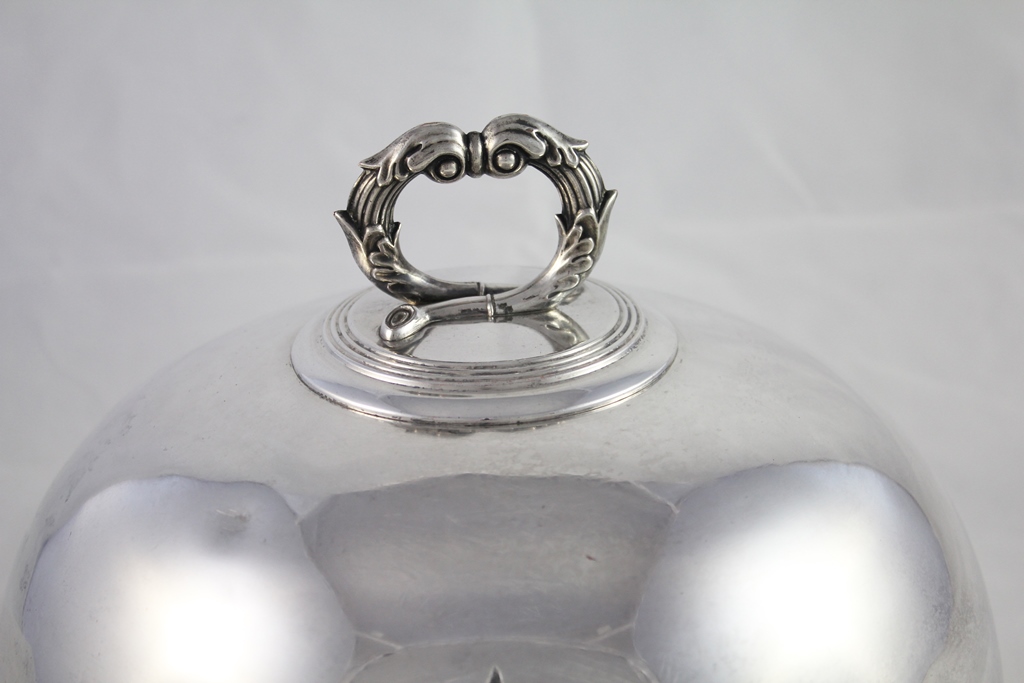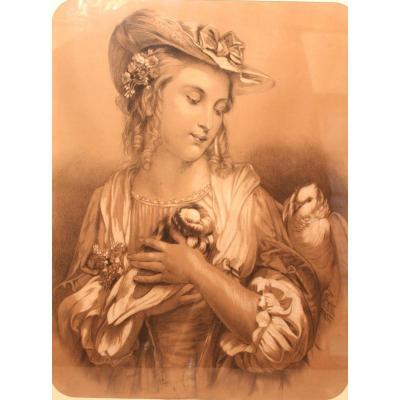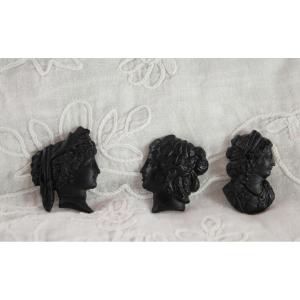In 1743, an inventor from Sheffield, Thomas Boulsover (1706-1788), developed a process for plating veneers. silver on copper by hot rolling. He discovered above all that in this way the metals plated could be shaped and stamped together. Others after Boulsover brought improvements to his invention, and a whole industry settled in Sheffield, which flourished until electroplating by cousins George Richards Elkington and Henry of Birmingham in the late 1830s. This process, which revolutionized the cost of production, made possible the manufacture of larger pieces of goldsmith's work. Levrat was one of the first to produce in France metal objects lined with silver, gold and platinum, the quality of which equaled that of the Sheffield workshops. In 1819, the excellence of his achievements was greeted by Louis XVIII, who awarded him a silver medal as a reward for the "crowned efforts of a complete success by means of which this distinguished manufacturer managed to snatch this branch of industry from the English. by bringing it to the highest degree of perfection. "(Journal de Lyon and Department of the Rhone, November 8, 1819, No. 37). In 1809, François Levrat is mentioned for the first time, associated with Charpentier. In 1810 he joined Papinaud and settled at 66 rue de Popincourt in Paris. In 1811 they won the grand prize (1,500 francs) awarded by the society of encouragement for the French industry for the manufacture of a country kitchen in silver plated. Levrat won the silver medal for plated goldsmithing at the 1819 Industrial Products Exhibition and again at the 1823 Exhibition. Building on his success, he set up a depot in Lyon at Mr. Parrayon, a merchant. of novelties, Place de l'Herbier. The local press echoes the prestige of its articles "which are hallmarked and controlled, do not present any danger, and stand out on the table of the principal houses of the Capital, as much by the solidity as by the elegance and the happy choice of forms. "(Journal of Lyon and the Rhône Department, ibidem). Before 1815, Levrat produced mainly from copper lined with silver in the fortieth he punched his initials. After 1815, he generally uses a twentieth lining and stamps in full. In 1827, Louis Levrat - no doubt his son - succeeded him in association with Theodore Parquin. If the pedestal table here is a unique testimony of the double furniture produced by François Levrat, Parquin realized in greater numbers, mainly bathtubs.
****
I manage for you the delivery in France as well as internationally.
The shipping methods depend on the delivery address, do not hesitate to contact me to know its amount and prepare its organization. I pay particular attention to the protection and packaging of each art object.


































 Le Magazine de PROANTIC
Le Magazine de PROANTIC TRÉSORS Magazine
TRÉSORS Magazine Rivista Artiquariato
Rivista Artiquariato